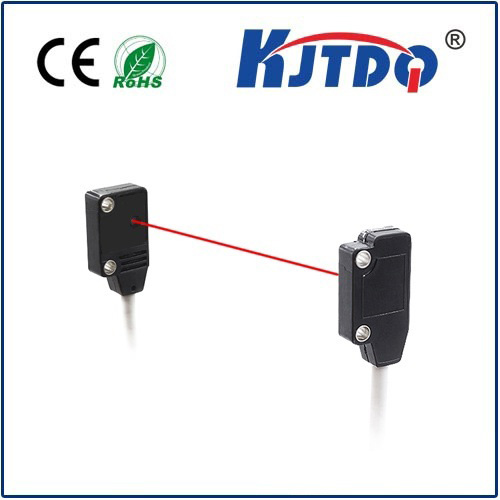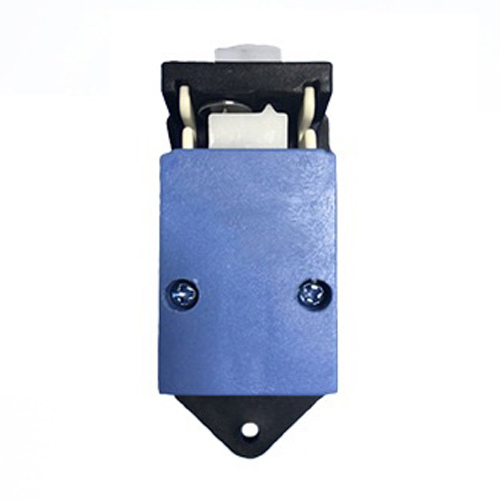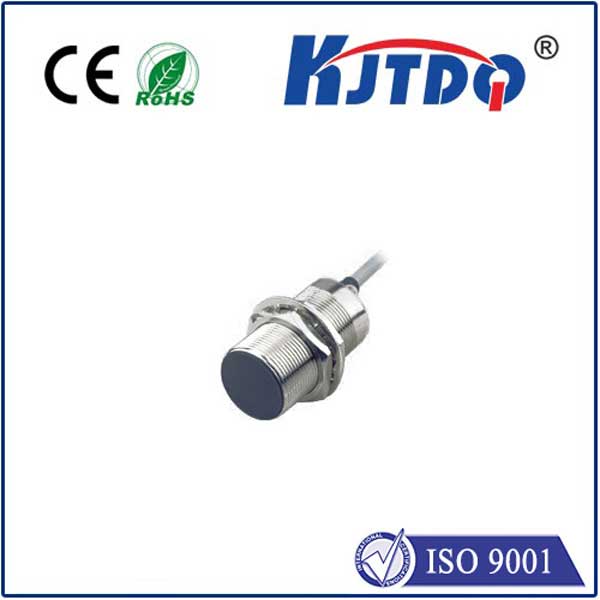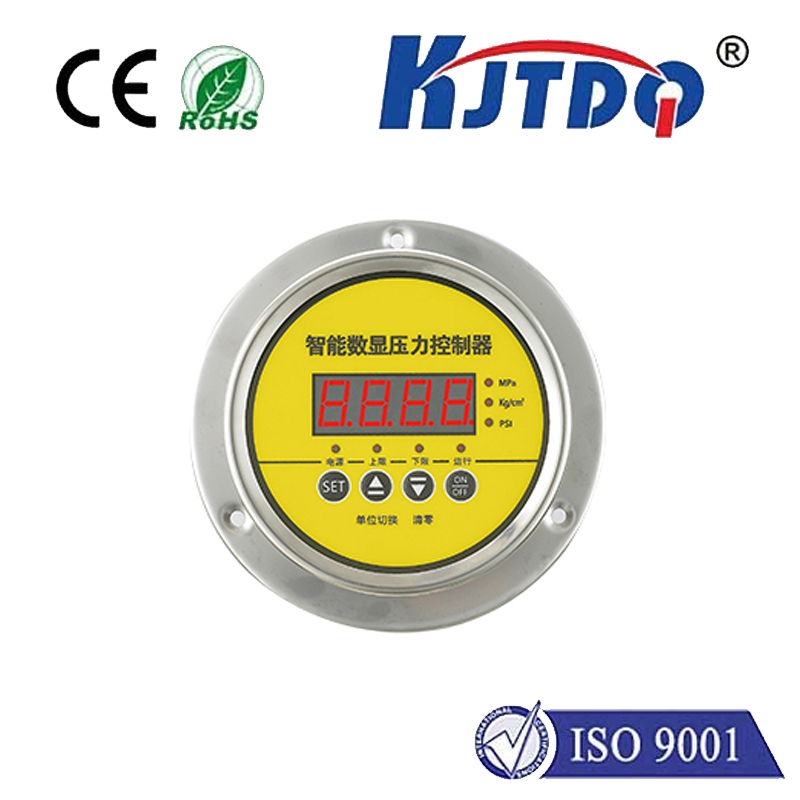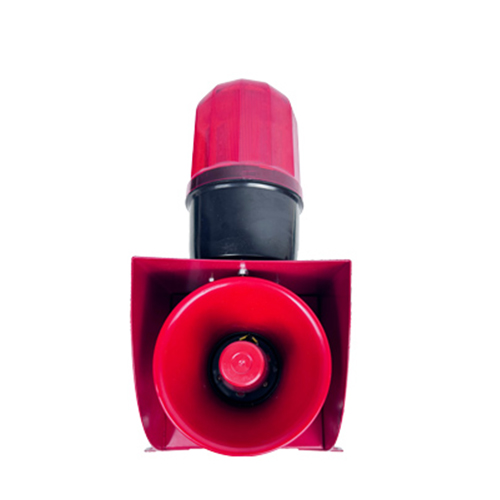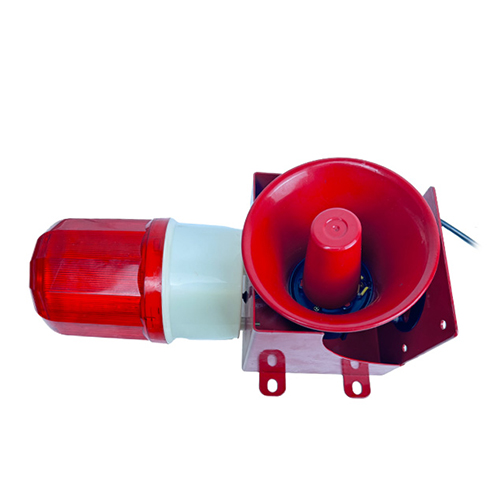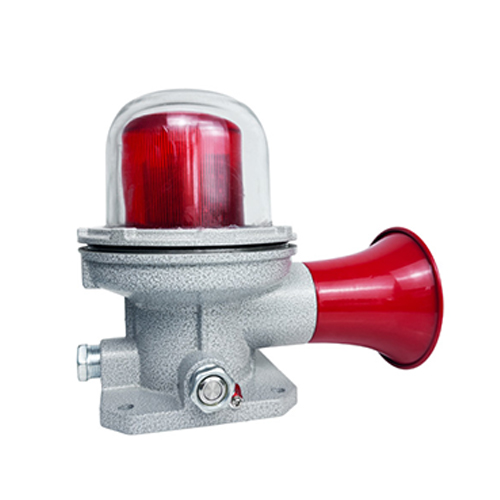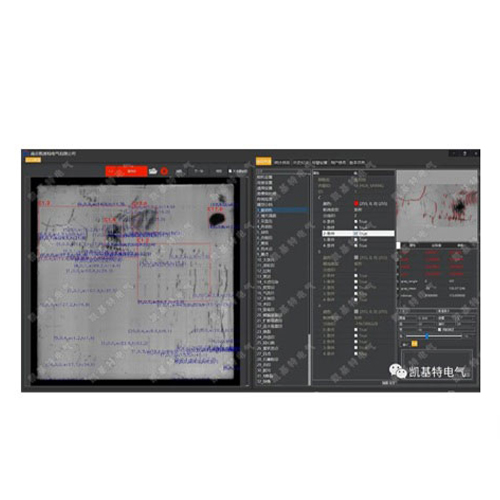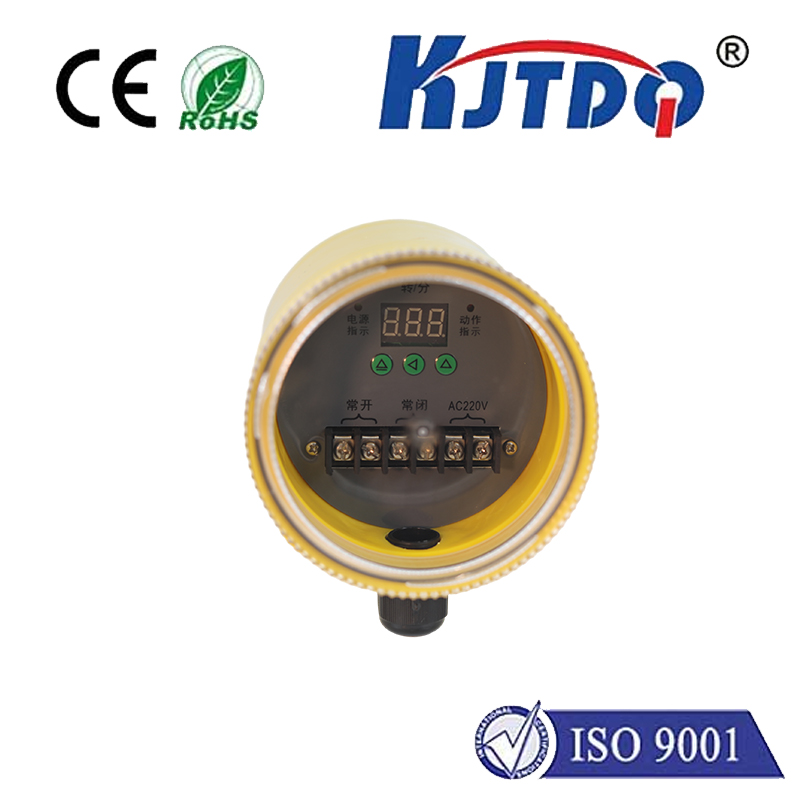m10 proximity sensor
- time:2025-07-04 03:19:06
- Click:0
M10 Proximity Sensors: The Robust Solution for Industrial Detection Needs
Imagine a high-speed bottling line. Glass bottles whizz by, needing precise filling and capping. A fraction of a second miscalculation could mean spills, jams, or damaged product. Hidden within the machinery, compact, reliable sentinels work silently to prevent chaos: M10 proximity sensors. These unsung heroes of automation provide the critical, non-contact detection that keeps modern manufacturing humming. But what makes the M10 form factor so ubiquitous and trusted across countless industries?
Unlike mechanical switches that require physical contact, proximity sensors operate on the principle of electromagnetic fields or capacitance. An M10 inductive proximity sensor, the most common type designed for metal detection, features a sensing face typically flush-mounted within its threaded body. When a metallic target enters its nominal sensing range, it disrupts an oscillating electromagnetic field generated by the sensor’s coil. This disruption is detected by the internal circuitry, triggering a solid-state electronic switch (PNP or NPN transistor output) without any moving parts touching the target. This non-contact detection is fundamental to their appeal, leading to:

- Exceptional Longevity: No physical wear from repeated impacts or friction.
- High Reliability & Speed: Capable of detecting targets at incredibly high frequencies (kHz range), perfect for fast-moving production lines.
- Resilience: Immune to dirt, oil, coolant mist, and vibration that plague mechanical switches.
- Maintenance-Free Operation: Once installed correctly, they require virtually no upkeep.
The M10 designation specifically refers to the sensor’s housing diameter – 10 millimeters. This compact size offers significant advantages:
| Feature |
Advantage |
Application Benefit |
| Compact Size |
Fits into tight spaces |
Ideal for densely packed machinery |
| M10 Threaded Housing |
Facilitates easy, secure mounting on brackets or machinery |
Simplifies installation and adjustment |
| Robust Construction |
Typically features brass, stainless steel, or nickel-plated brass housing |
Withstands demanding industrial environments |
| High Protection Rating |
Commonly rated IP67 or higher (dust-tight and protected against immersion) |
Operates reliably in dirty, wet, or washdown areas |
Understanding key specifications is vital for selecting the right M10 sensor:
- Sensing Range: The maximum distance at which a standard target (usually mild steel) can be reliably detected. For M10 inductive sensors, this typically ranges from 1mm to 4mm, depending on the specific model and target material. Ferrous metals (steel, iron) are detected at the nominal range, while non-ferrous metals (aluminum, brass) and stainless steel have reduced ranges.
- Output Type: Specifies how the sensor signals detection.
- PNP (Sourcing): Switches the positive voltage line to the load.
- NPN (Sinking): Switches the negative/ground line to the load.
- Analog Output: Provides a continuous signal proportional to the target distance.
- IO-Link: Digital communication enabling advanced diagnostics, parameter setting, and process data exchange (becoming increasingly common).
- Operating Voltage: The range of supply voltage the sensor requires (e.g., 10-30V DC).
- Housing Material: Brass is common, stainless steel offers superior corrosion resistance for harsh environments.
- Connection Type: Pre-wired cables or quick-disconnect connectors (e.g., M8 or M12).
- Protection Rating: IP67 is standard, meaning dust-tight and protected against temporary immersion. Higher ratings like IP68 or IP69K are available for extreme conditions.
The versatility of the M10 proximity sensor makes it indispensable across countless applications:
- Machine Tooling:Position sensing of tool holders, turrets, clamps, and slides on CNC machines, lathes, and milling centers. Confirming the presence of a drill bit or workpiece ensures safety and process accuracy. End-of-travel detection on linear actuators prevents mechanical damage.
- Material Handling & Packaging: Detecting the presence/absence of products, boxes, or pallets on conveyors. Preventing jams by verifying component passage. Counting bottles, cans, or packages reliably. Position verification of robotic arms or grippers.
- Automotive Manufacturing: Verifying component presence (pistons, bearings, seals) on assembly lines. Monitoring robot arm positions for precise welding or handling. Ensuring safety doors are closed before machine cycle start. Detecting metal slugs in stamping presses.
- Food & Beverage Processing: Stainless steel variants (IP69K rated) are crucial for hygienic environments. Detecting fill levels in tanks (using special models), verifying cap presence on bottles, or monitoring conveyor flow – all while withstanding frequent washdowns.
- General Factory Automation: Detecting cylinder piston position in pneumatic systems. Providing limit switches on automated gates, doors, or lifts. Monitoring equipment status (e.g., motor shaft rotation).
When selecting an M10 proximity sensor, ask these critical questions:
- What material is the target? (Ferrous metal, non-ferrous metal, stainless steel?)
- What is the required sensing distance? (Choose a sensor with a range slightly greater than needed for reliability).
- What is the operating environment? (Presence of oils, coolants, dust, water? Need for high-temperature or chemical resistance?).
- What electrical output is compatible with the control system? (PNP vs. NPN, Analog, IO-Link? Voltage level?).
- Is flush or non-flush mounting possible? (Flush-mountable sensors can be installed embedded in metal, offering protection but typically shorter range; non-flush offer longer range but require space around the sensing face).
- Are diagnostics or smart features needed? (IO-Link sensors provide valuable data for predictive maintenance).
The enduring popularity of the M10 proximity sensor stems from its perfect balance of compact size, robust construction, proven reliability, and straightforward functionality. Its standardized form factor and threaded design simplify integration across diverse industrial landscapes. From the relentless pace of automotive assembly lines to the hygienic demands of food production, the M10 proximity sensor consistently delivers precise, non-contact detection. As automation evolves, its core benefits – dependability, speed, and resilience – remain fundamentally valuable. Choosing the right one, matched precisely to the application’s demands using the parameters discussed, ensures years of trouble-free operation, safeguarding processes and productivity in the dynamic world of industrial automation.






